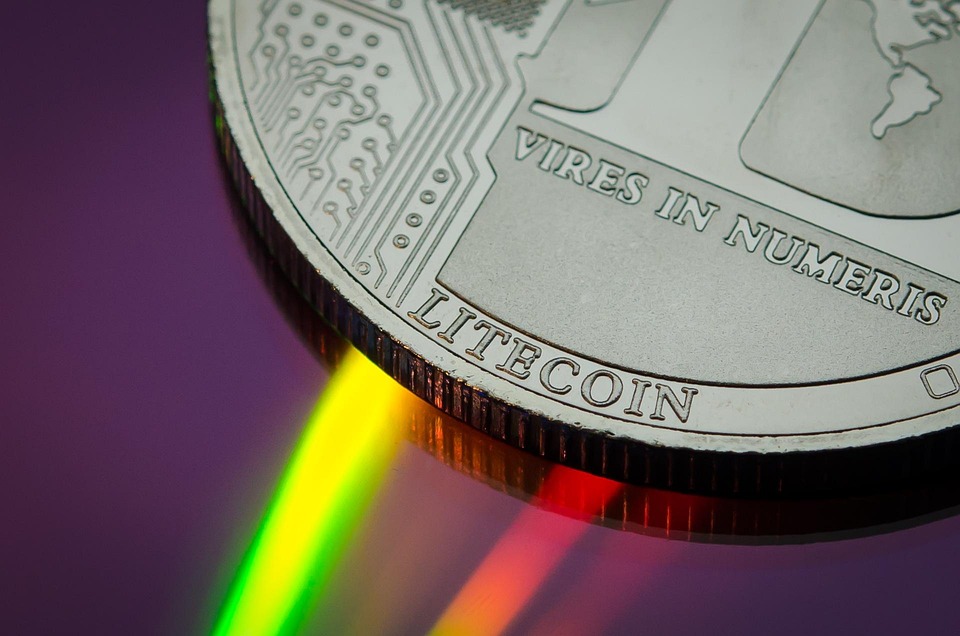Ethereum 2.0 Upgrade: What to Expect in the Next Phase of Development
The Ethereum blockchain has long been a cornerstone of the decentralized ecosystem, providing a platform for smart contracts and decentralized applications (dApps). As the need for scalability, security, and sustainability increases, Ethereum is undergoing a significant transformation known as Ethereum 2.0 (Eth2). This upgrade represents a monumental shift from the existing proof-of-work (PoW) consensus mechanism to proof-of-stake (PoS), fundamentally altering how transactions are validated and how the network operates. Here’s what to expect as we delve deeper into the next phase of Ethereum’s development.
Transition to Proof-of-Stake
One of the most significant changes in Ethereum 2.0 is the transition from PoW to PoS. Under PoW, miners compete to solve complex mathematical problems to validate transactions and create new blocks, consuming vast amounts of energy. In contrast, PoS allows validators to create new blocks based on the number of coins they hold and are willing to “stake” as collateral. This shift is expected to reduce energy consumption by over 99%, making Ethereum more sustainable and environmentally friendly.
Sharding for Enhanced Scalability
Another pivotal feature of Ethereum 2.0 is the introduction of sharding, a technique that divides the blockchain into smaller, more manageable segments called shards. Each shard can process transactions and smart contracts independently, significantly increasing the network’s overall capacity and throughput. This change aims to address Ethereum’s scalability issues, allowing the network to handle thousands of transactions per second and making it more competitive with centralized solutions.
Improved Security and Decentralization
Ethereum 2.0 also enhances security, particularly through the use of the Beacon Chain, which coordinates the network, manages validators, and implements PoS across the shards. The combination of PoS and sharding will not only increase transaction speeds but also bolster the network against attacks, making it more resilient. Furthermore, as more users can participate in the staking process, decentralization is expected to improve, reducing the risk of any single entity gaining too much control over the network.
Phased Rollout of Upgrades
The Ethereum 2.0 upgrade is being implemented in multiple phases. The first phase, known as Phase 0, which launched the Beacon Chain in December 2020, initiated the PoS mechanism. Subsequent phases will introduce shard chains (Phase 1) and fully integrate the existing Ethereum mainnet with the new PoS system (Phase 1.5). This gradual rollout ensures stability and allows developers to address potential issues before full integration.
Impacts on Developers and dApps
For developers and dApp creators, Ethereum 2.0 offers a more robust and versatile infrastructure. The increased scalability and lower transaction fees will encourage more complex and innovative applications. Additionally, the integration of new features like cross-shard communication will enable developers to create dApps that can leverage the full potential of the Ethereum network, ultimately contributing to a more vibrant ecosystem.
Challenges Ahead
Despite the promise of Ethereum 2.0, challenges remain. The transition from PoW to PoS is complex, and ensuring a seamless migration is crucial to maintain user trust. Additionally, the rapid evolution of competing blockchains and layer-2 solutions means Ethereum must continuously adapt and innovate to retain its market position. The community’s involvement and feedback will be vital in addressing concerns and steering the development process in the right direction.
Conclusion
The Ethereum 2.0 upgrade heralds a new era for the Ethereum blockchain, focusing on sustainability, scalability, and security. As the phased rollout continues, stakeholders should stay informed about the changes and actively participate in discussions surrounding the upgrade. The successful implementation of Ethereum 2.0 has the potential to reshape the future of decentralized finance, NFTs, and the broader blockchain landscape, making it an exciting time for all involved in this evolving ecosystem.



